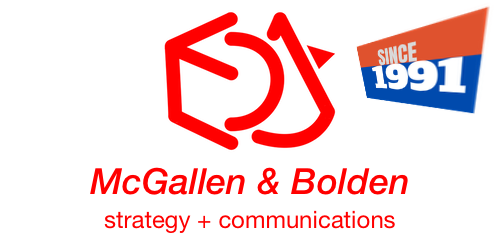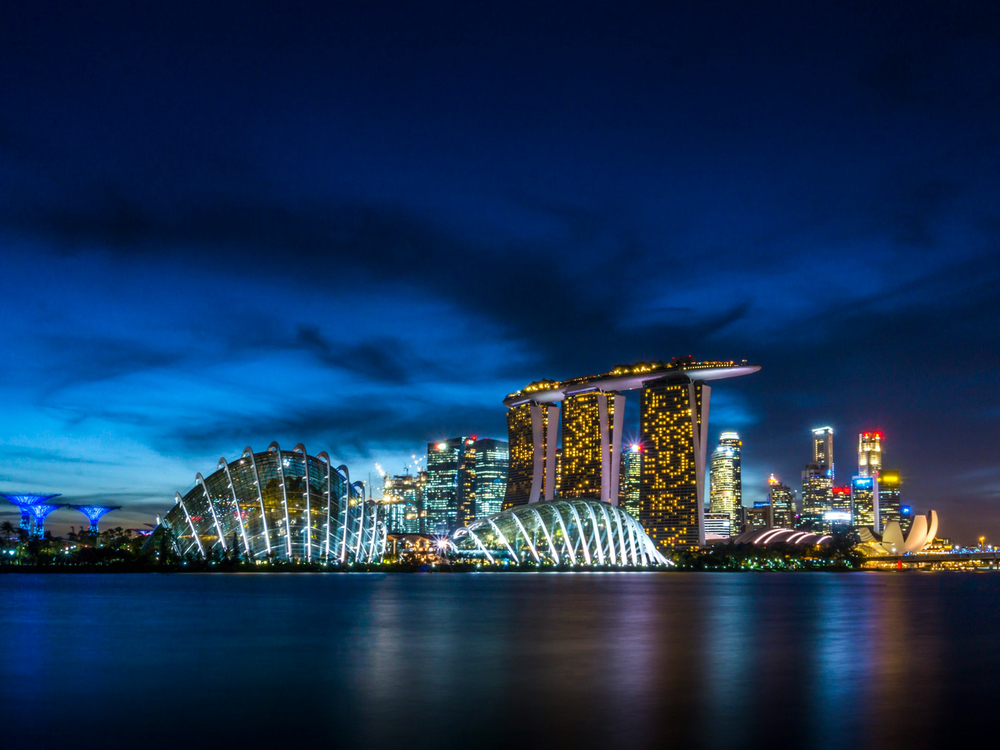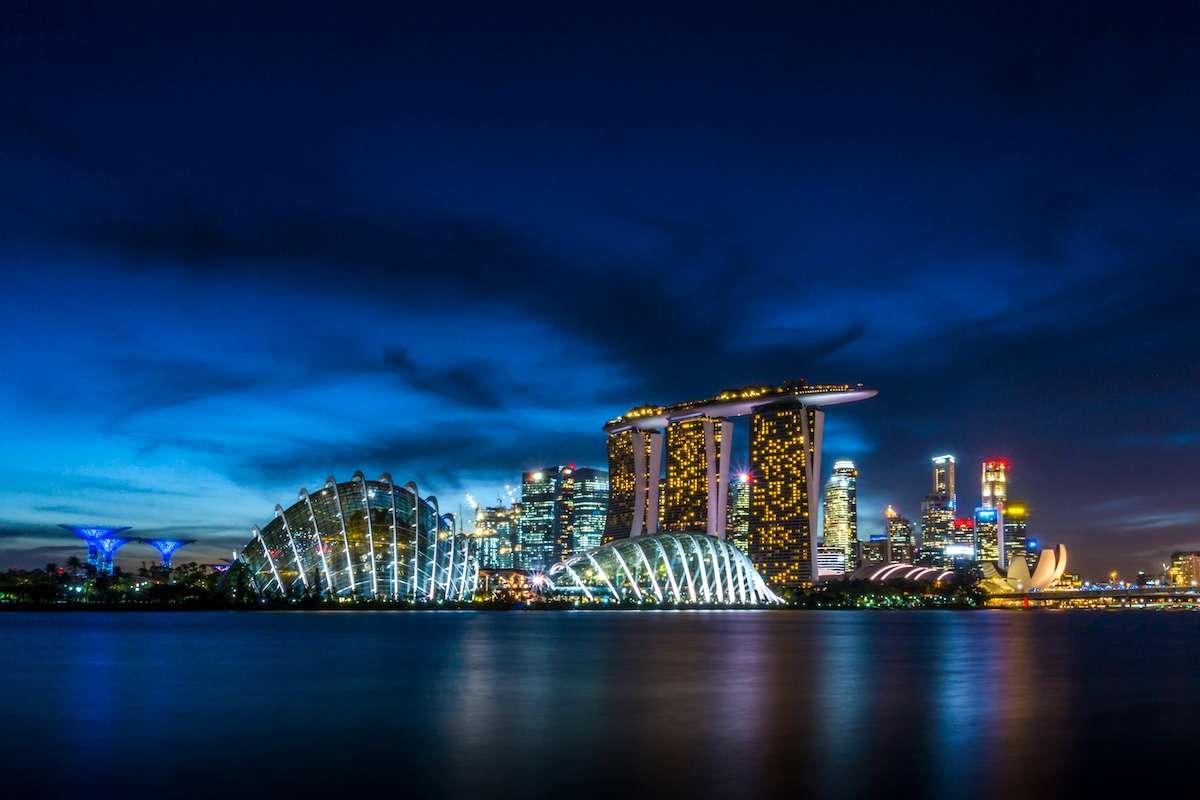Business-to-business (B2B) public relations (PR) is an indispensable tool for industrial companies in the Asia Pacific region, as it plays a pivotal role in nurturing robust business relationships and establishing a reputable brand presence. By leveraging B2B PR strategies and tactics, industrial companies can effectively communicate their value propositions, industry expertise, and thought leadership to key stakeholders within the region. For instance, McGallen & Bolden, an award-winning PR agency in Asia, specializes in providing strategic counsel and 360-degree holistic communications to industrial companies operating in the Asia Pacific for over 30 years, enabling them to enhance their brand visibility and reputation.
To effectively implement B2B PR strategies in the Asia Pacific region, industrial companies need to recognize the significance of understanding cultural nuances and key industrial trends shaping the market. For example, the region’s diverse cultural landscape demands tailored PR approaches that resonate with the unique preferences and sensitivities of local audiences.
McGallen & Bolden Group, a leading PR agency in Asia Pacific, has consistently assisted industrial companies in growing their brand awareness by localizing messaging, targeting the right media, and focusing on events to interact directly with the target audience, emphasizing the importance of cultural understanding and localized strategies in successful B2B PR initiatives.
Furthermore, the emergence of business opportunities and infrastructural benefits in the Asia Pacific, particularly in ASEAN countries like Singapore, underscores the need for industrial companies to develop comprehensive B2B PR strategies that align with the region’s evolving business landscape and consumer demands, ultimately facilitating market entry and expansion.
Significance of Effective B2B PR Strategies
Implementing localized and adaptable approaches is crucial for industrial companies aiming to establish a strong presence in the diverse and dynamic Asia Pacific region. These companies must tailor their public relations strategies to fit the cultural nuances and business practices of each country within the region.
For example, understanding the hierarchical structure and respect for authority in countries like Japan and South Korea is essential when developing communication strategies and engaging with stakeholders. This level of cultural understanding can significantly impact the success of B2B PR efforts, highlighting the importance of localizing strategies to resonate with the target audience.
Furthermore, having a local spokesperson and a customer advocacy program for technical topics offers substantial benefits in the Asia Pacific region. For instance, by leveraging a local spokesperson who is well-versed in the industry-specific jargon and cultural norms, industrial companies can effectively convey their messages to the local audience with authenticity and credibility. Additionally, a customer advocacy program can help in building strong relationships with key clients and stakeholders, thereby enhancing brand reputation and fostering trust within the industry. These strategies are especially crucial in a region where business dealings are often built on personal relationships and trust.
B2B PR also plays a vital role in navigating cultural nuances and fostering trust in the industrial sector, which is fundamental for successful business relationships. For instance, understanding the importance of “guanxi 关系” in China or the concept of “saving face” in various Asian cultures is critical when engaging in public relations activities. By demonstrating cultural sensitivity and understanding, industrial companies can establish themselves as trusted and respected partners in the Asia Pacific region, paving the way for long-term business success.
Cultural Considerations in Asia Pacific PR
When it comes to conducting business-to-business public relations in the Asia Pacific region for industrial companies, cultural considerations play a pivotal role. The Asia Pacific markets are incredibly diverse, both in terms of languages spoken and business practices.
For instance, while English may be spoken in some locales to a certain degree, it is not universal. It’s essential to recognize that each country in the region has its own unique set of cultural norms and business etiquettes. Therefore, to effectively navigate these cultural nuances, it’s imperative to have a deep understanding of the local customs, traditions, and communication styles prevalent in each market.
For example, in Japan, the business culture places a strong emphasis on formality and respect. This means that any public relations strategies implemented in Japan need to be tailored to align with these values. In contrast, in countries like Singapore, the business culture is more diverse and may reflect a blend of Western and Eastern practices, thus requiring a nuanced approach. Therefore, by acknowledging and respecting these cultural intricacies, industrial companies can build trust and credibility, which are essential for successful business relationships in the region.
Moreover, apart from language and cultural differences, the varying social media platforms used across the Asia Pacific region also pose a unique challenge. For instance, while Western platforms like Facebook and X/Twitter are prevalent in some countries, others may have their own popular social networking sites such as Wechat, Line, Tiktok, or Telegram. Understanding these variations is crucial for tailoring PR strategies to effectively engage with the target audience in each market. Therefore, by acknowledging these cultural and social nuances, industrial companies can position themselves for success in the Asia Pacific region.
Key Industrial Trends in the Asia Pacific Region
The Asia Pacific region is experiencing a notable shift in industrial dynamics due to the rapid advancements in automation, robotics, safety, and cybersecurity, all of which are reshaping the industrial sector. For instance, in the manufacturing industry, automation and robotics are streamlining processes, enhancing efficiency, and reducing operational costs. And yet, these very important benefits of robotics and automation may face resistance in some Asian countries where labor is important and critical to their stability. Therefore, a nuanced approach to B2B PR from the perspectives of these locales will be exceptionally important, and care must be taken by the most experienced PR practitioners to ensure success.
Furthermore, the increasing focus on safety and cybersecurity in industries across the Asia Pacific region is influencing the way companies approach their business operations. Industrial companies are now placing greater emphasis on integrating robust safety measures and cybersecurity protocols into their products, services, and operations to meet the evolving regulatory requirements and customer expectations.
As a result, B2B PR strategies need to align with these trends to effectively communicate how industrial companies are adapting to these changes and addressing the challenges associated with safety and cybersecurity. By doing so, companies can build trust, credibility, and brand reputation in the Asia Pacific market, positioning themselves as leaders in industrial safety and cybersecurity.
Moreover, public relations agencies seeking to support industrial companies in the Asia Pacific region need to demonstrate a deep understanding of the specific business issues and technical maturity prevalent in the industrial landscape. For instance, agencies should be well-versed in topics such as industrial automation, AI, cybersecurity, and healthcare, and be able to create tailored PR strategies that resonate with the unique needs and challenges of industrial clients. This approach ensures that industrial companies receive comprehensive PR support that not only addresses their immediate goals but also aligns with the overarching industrial trends shaping the Asia Pacific region.
Business Opportunities in the Asia Pacific and ASEAN
The Asia Pacific region, particularly ASEAN countries like Singapore, Indonesia, Thailand and Vietnam, presents growing business opportunities for industrial and technology companies aiming to expand their presence. Successful entry into these markets requires extensive public relations efforts, localized messaging, and a strong digital presence to effectively engage the target audience and media. The region’s business-friendly environment, thriving internet economy, and expanding middle class make it a prime region for business expansion, especially for industrial companies. These strategies are crucial for success in the ASEAN markets, where a robust B2B PR strategy is essential for building brand awareness and fostering strong business relationships.
Carpe diem for 2024
With 2024 fast approaching, it is evident that the Asia Pacific region presents a multitude of opportunities for industrial companies to establish and expand their business presence. By recognizing the significance of cultural considerations, industrial trends, and business opportunities in the region, companies can strategically position themselves for success. For instance, understanding the impact of automation, robotics, safety, and cybersecurity on the industrial sector in the Asia Pacific region can enable companies to align their B2B PR strategies to capitalize on these trends and gain a competitive edge in the market.
Furthermore, the importance of having a localized and adaptable approach in B2B PR cannot be overstated. By leveraging the expertise of local PR agencies such as McGallen & Bolden, which has been serving industries such as cybersecurity, industrial automation, AI, and healthcare in the Asia Pacific for over 30 years, can provide industrial companies with the necessary insights and strategies tailored to the local business landscape. This approach not only fosters cultural understanding but also helps in building strong relationships and successful PR campaigns in the diverse Asia Pacific markets. Therefore, by embracing these key considerations and implementing effective B2B PR strategies, industrial companies can navigate the complexities of the Asia Pacific region and establish a robust and reputable presence.
###

Dr Seamus Phan – Global C-suite Publicist & Strategist (Biochemist, Cybersecurity & Webdev pioneer, Author, Journalist) with 37 years of professional field experience.




